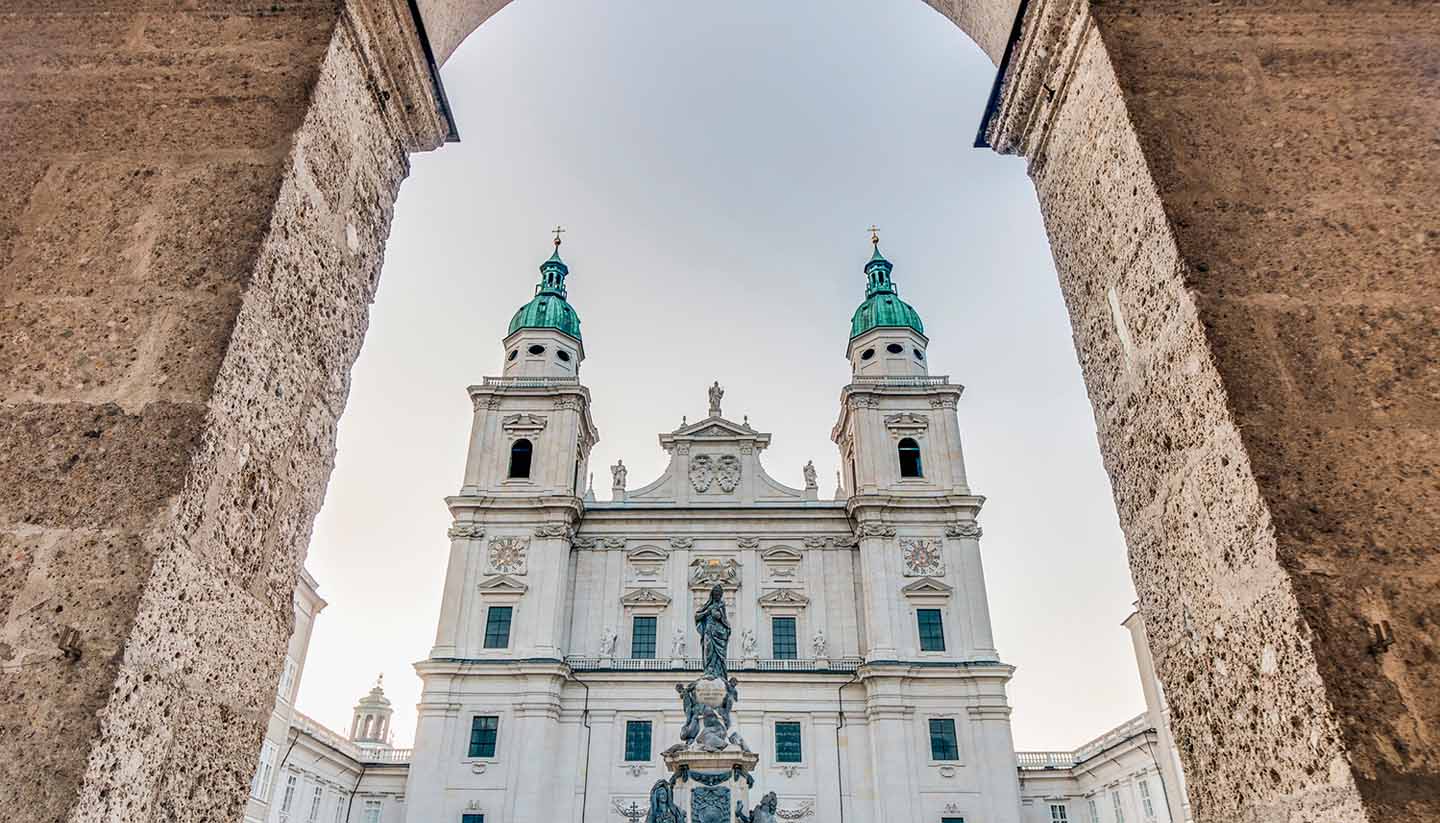Salzburg Travel Guide
About Salzburg
Encircled by mountains and straddling the Salzach river, the beautiful Austrian city of Salzburg has a dramatic setting matched only by the Baroque splendour of its architecture. Most visitors recognise it from its portrayal in The Sound of Music – and there are various tours capitalising on the film’s fanfare.
In the flesh, the city’s Alpine surroundings and UNESCO World Heritage historic centre of cobbled streets, narrow alleyways and elegant squares, is even lovelier than on the silver screen.
Salzburg is also the birthplace of Wolfgang Amadeus Mozart, whose home you can see on Getreidegasse, one of the city’s many pedestrianised streets. Inspired by the composer, Salzburg has since developed an incredibly rich musical life that would no doubt have made him proud. Started in 1920s, the Salzburg Festival is considered one of the most important musical festivals in the world, and there are plenty of other festivals in the city too – Salzburg puts on some 4,000 cultural events (most of them musical) every year.
While an air of cosmopolitan sophistication hangs over the elegant shops, restaurants, lanes and squares of the Old Town, a different but just as interesting culture can be found the many Bierstuben taverns. Salzburg is extremely proud of its beer, which has a history here dating back more than 500 years.
The city may seem a bit quaint and poky compared to Vienna, but Salzburg has a young and energetic side to it too - largely thanks to the city university. There are lots of noisy bars and clubs along the river, and there are several hip joints in the zone around the Modern Art Museum.
The latter is a must-see in itself – visitors ascend through a lift to the top of one of Salzburg’s highest hills, where they find an extraordinary mix of bold exhibitions courtesy of the museum’s recently-appointed art director. Staring back at the museum from an even higher hill is Salzburg’s incredible castle, Fortress Hohensalzburg, the biggest in Europe and the city’s icon. Together they show a city both treasuring its past and embracing the future.


